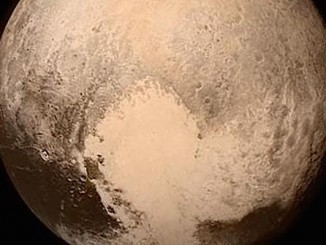
New Horizons

News

News

News

News

News

News

News

News

News

News
